4 Reasons Why the Vikings Signed Dalton Risner
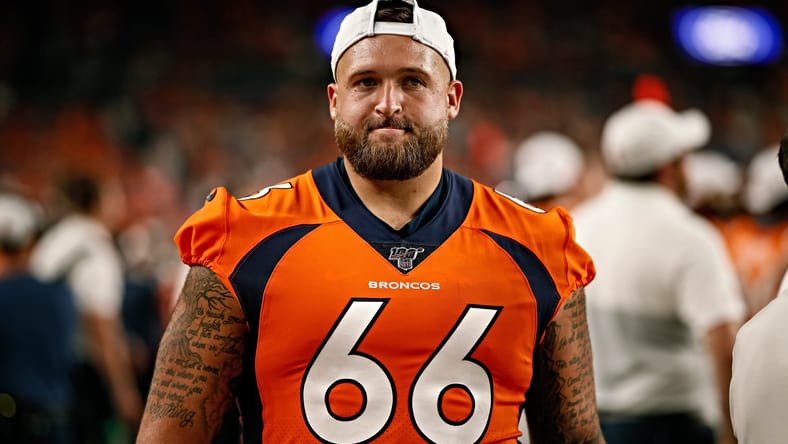
Vikings fans finally got their wish on Monday afternoon as Minnesota signed Dalton Risner to a one-year deal worth $4 million.
Being in an 0-2 hole, Minnesota needed to find more solutions to fix their problems. One of these problems has been the interior offensive line, and Risner looks to be an immediate solution.
Now that the deal is done, here are 4 reasons why the Vikings finally decided to sign Risner ahead of their Week 3 matchup against the Los Angeles Chargers.
The Cap Space Was There
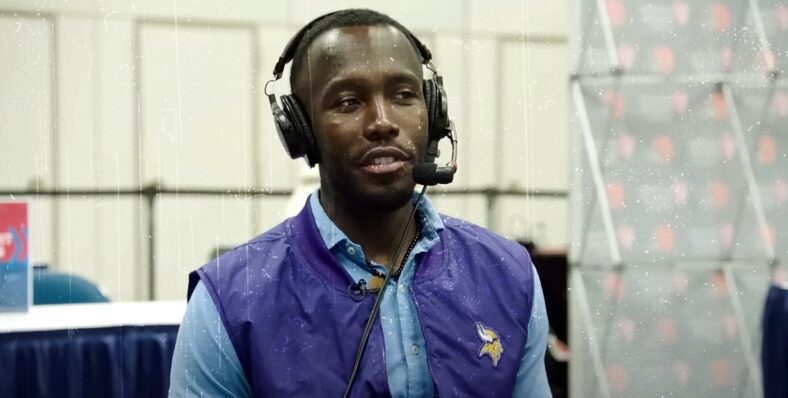
Prior to their Week 1 matchup against the Tampa Bay Buccaneers, Minnesota opted to restructure Brian O’Neill’s contract. The assumption was that this move was intended to create space for the signing bonus towards a Justin Jefferson contract extension.
However, that deal never got done before the season. It did mean that the Vikings had nearly $10 million in extra cap space to make other moves. From an outsider’s perspective, one of the reasons that Minnesota did not sign Risner right away in training camp was because they were working under the assumption that they’d have to give more money to Jefferson.
Now that this wasn’t going to happen, the Vikings had the extra funds in order to finally bring Risner in, and they did so.
Improved Pass-Protection at Guard
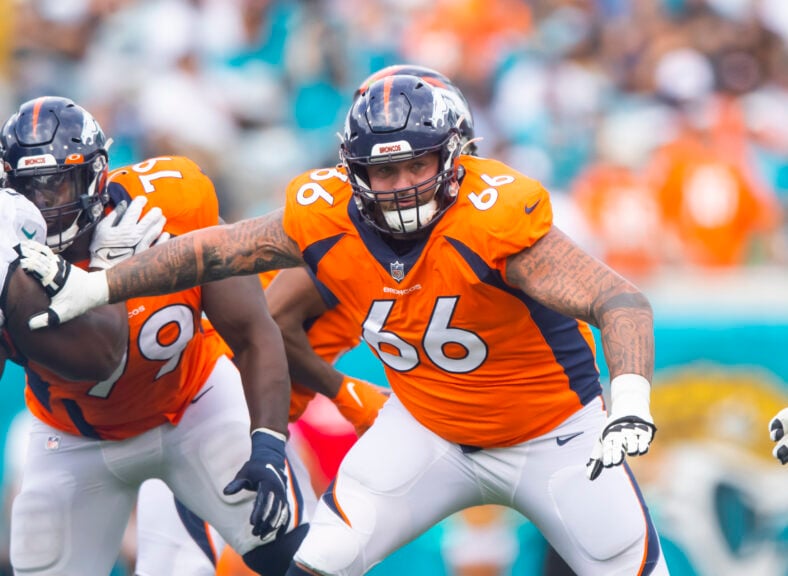
Dalton Risner is the antithesis of what the Vikings have typcially done at the guard position. While Minnesota has usually opted to prioritize run-blocking in their choices for interior offensive linemen, Risner goes against the grain and thrives in pass-protection.
Throughout his career with the Broncos, the four-year veteran has been superb in pass protection with PFF grading him at 73.6 in 2021 and 72.6 in 2022 for Denver. Last season, he allowed just 29 pressures in 598 pass-blocking snaps.
So far in the 2023 season, Ed Ingram has allowed 7 pressures at the right guard position, including 4 QB hits and a sack. This comes after a rookie season where he gave up 63 pressures and 11 sacks. The Vikings clearly have a need for better pass-protection on the interior, and Ingram’s lackluster performance to start his career gives him a target on his back.
Versatility and Youth
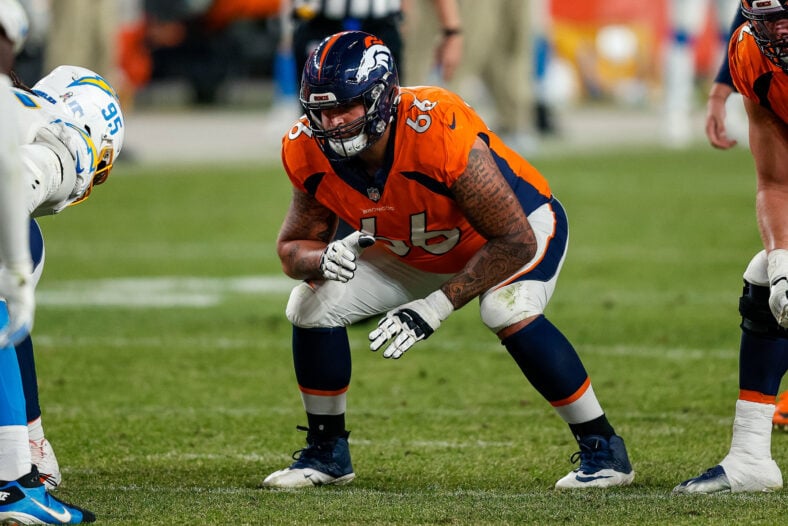
In terms of interior offensive linemen years, Risner still has plenty of years left in his prime. The guard just turned 28 years old on July 15th, and with so many offensive linemen playing into their mid-30s, Risner should have multiple years of high level production left in the tank.
Not only is Risner young, but he would give the Vikings some great versatility all over their offensive line. He has primarily played the left guard position while in Denver, but during his collegiate years at Kansas State, Risner spent a year as their starting center and three years as the right tackle for the Wildcats.
With Garrett Bradbury already being hurt, and Oli Udoh out for the season, the Vikings could use more versatile depth across their offensive line. Risner gives them an option at just about every position.
A Potential Long-Term Solution
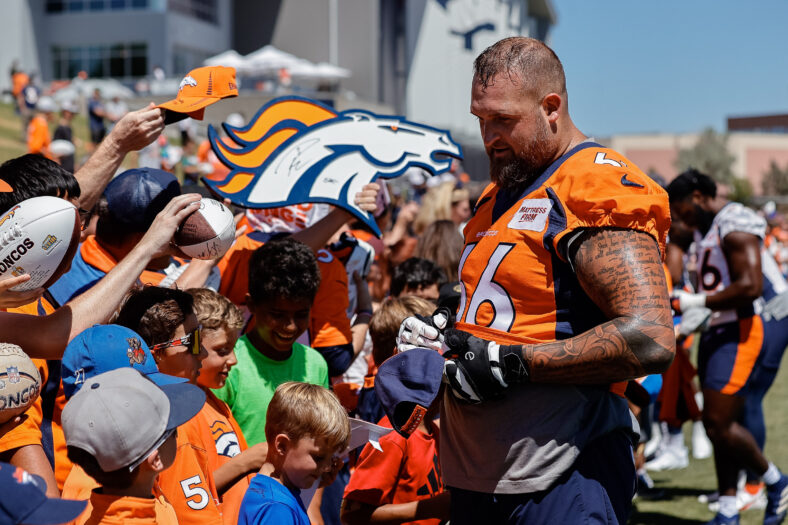
Keep in mind, this is a contract season for Ezra Cleveland. Prior to joining the Vikings in 2020, Cleveland spent three years at Boise State where he primarily played left tackle.
Perhaps Cleveland is looking for greener pastures in his next contract, potentially trying to hop back to the tackle position for a new team. At 6’6 and well over 300 pounds, he certainly has the makeup of an NFL tackle.
Cleveland has had a strong start to the 2023 season, but if he does want to move over to tackle in his next contract, the Vikings now have a starting guard option in-house.
Josh Frey is a Class of 2020 graduate of The College of Idaho and managing editor of PurplePTSD.com. When he’s not writing about the NFL, Josh enjoys running, gaming, or rooting for the Milwaukee Brewers and Bucks. Check out his Twitter account: @Freyed_Chicken.

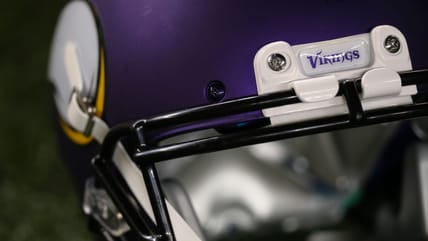
You must be logged in to post a comment.